The concrete blocks that once protected Britain
- Published
More than 100 years ago acoustic mirrors along the coast of England were built with the intention of using them to detect the sound of approaching German zeppelins.
The concave concrete structures were designed to pick up sound waves from enemy aircraft, making it possible to predict their flight trajectory, giving enough time for ground forces to be alerted to defend the towns and cities of Britain.
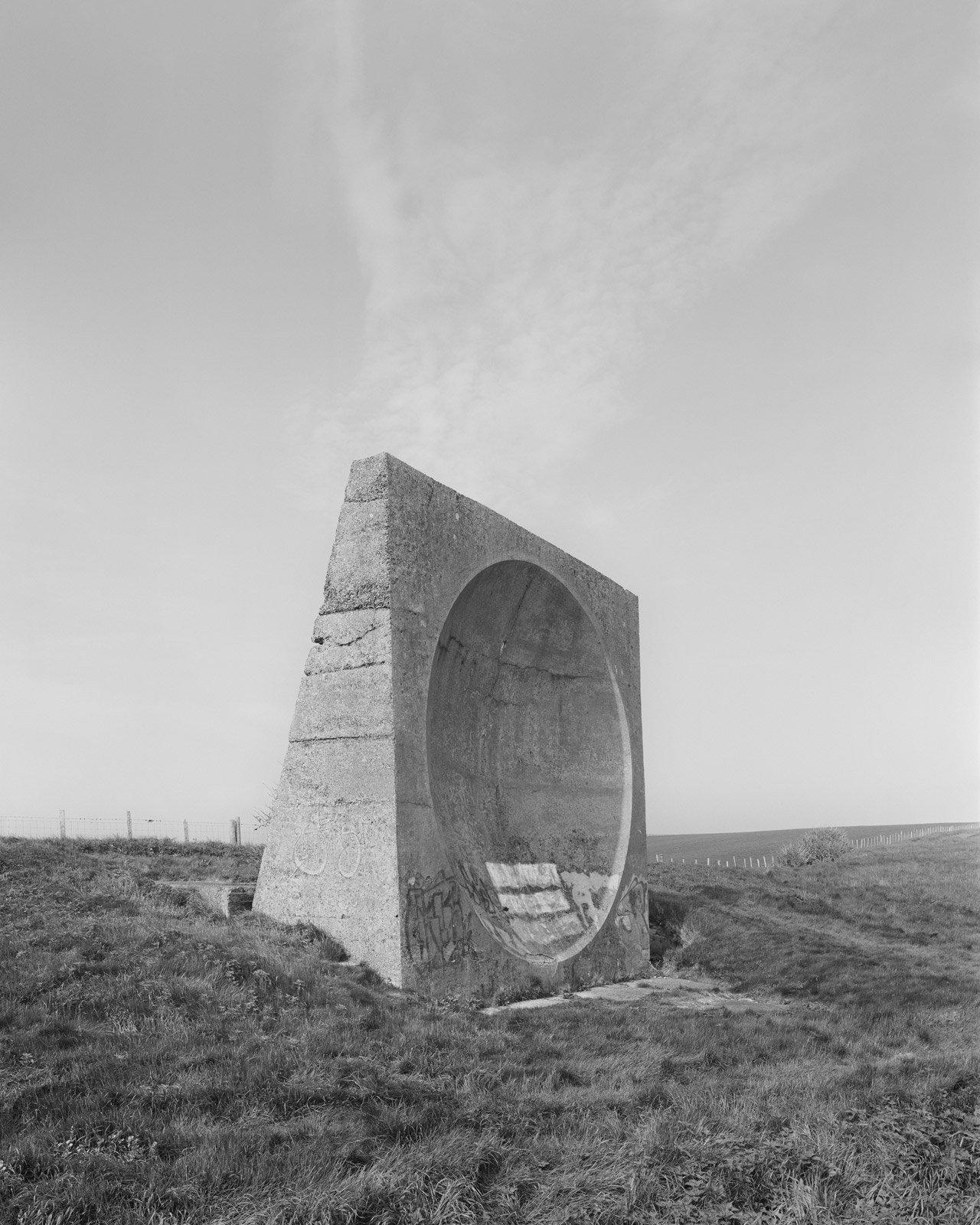
The sound mirror at Abbot's Cliff, between Folkestone and Dover. "When I originally arrived at the cliff's edge, the sun was creating a harsh shadow down the face of the concave which wouldn't have done the structure any justice'" says Pettet-Smith. "I knew it was going to pass at some point so I just got my book out and waited. Around three or four hours passed and eventually the sunlight started making the eclipse in the concave that makes the picture what it is."

Invented by Maj William Sansome Tucker and known as sound mirrors, their development continued until the mid-1930s, when radar made them obsolete.
Joe Pettet-Smith set out to photograph all the remaining structures following a conversation with his father, who told him about these large concrete structures dotted along the coastline between Brighton and Dover.
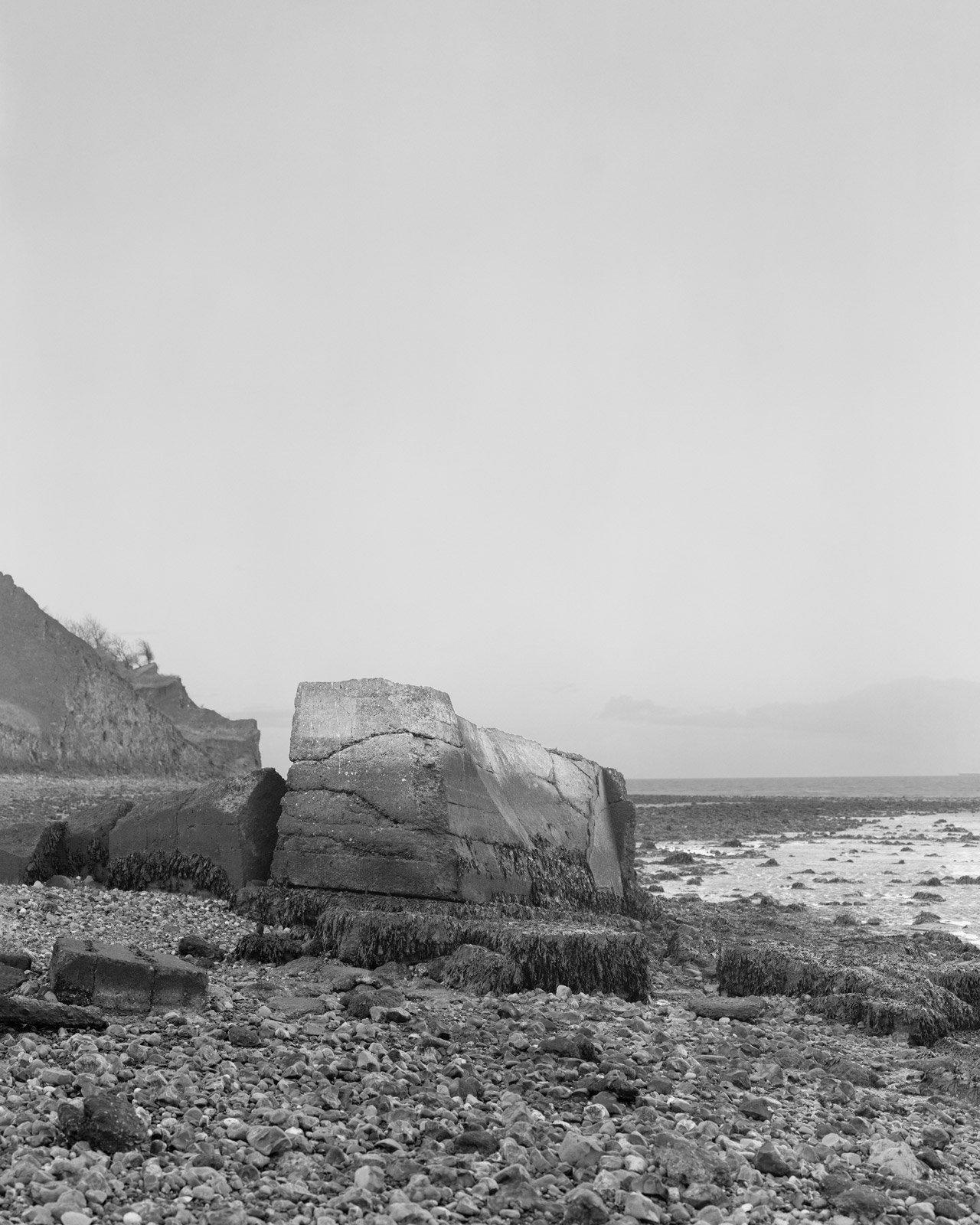
"From what I can gather from old Ordnance Survey aerial photos, this sound mirror at Warden Point on the Isle of Sheppey used to be mounted on the neighbouring cliff, but has since fallen into the sea due to coastal erosion. When the tide is up it is nearly entirely submerged so I had to work out when the tide was going to be fully out to be able to photograph it. It was then a case of finding an angle that accentuated the curve of the surviving section of concave," says Pettet-Smith.

"When I was a child my father told me stories about my grandfather and his involvement in radar," says Pettet-Smith.
"One of his recurring jokes has always gone along the lines of: 'It's not rocket science, I should know, my Dad was a rocket scientist.'"
Initially Pettet-Smith was drawn to the family connection, but after researching early aircraft defence experiments, he became fascinated by the story of the sound mirrors.
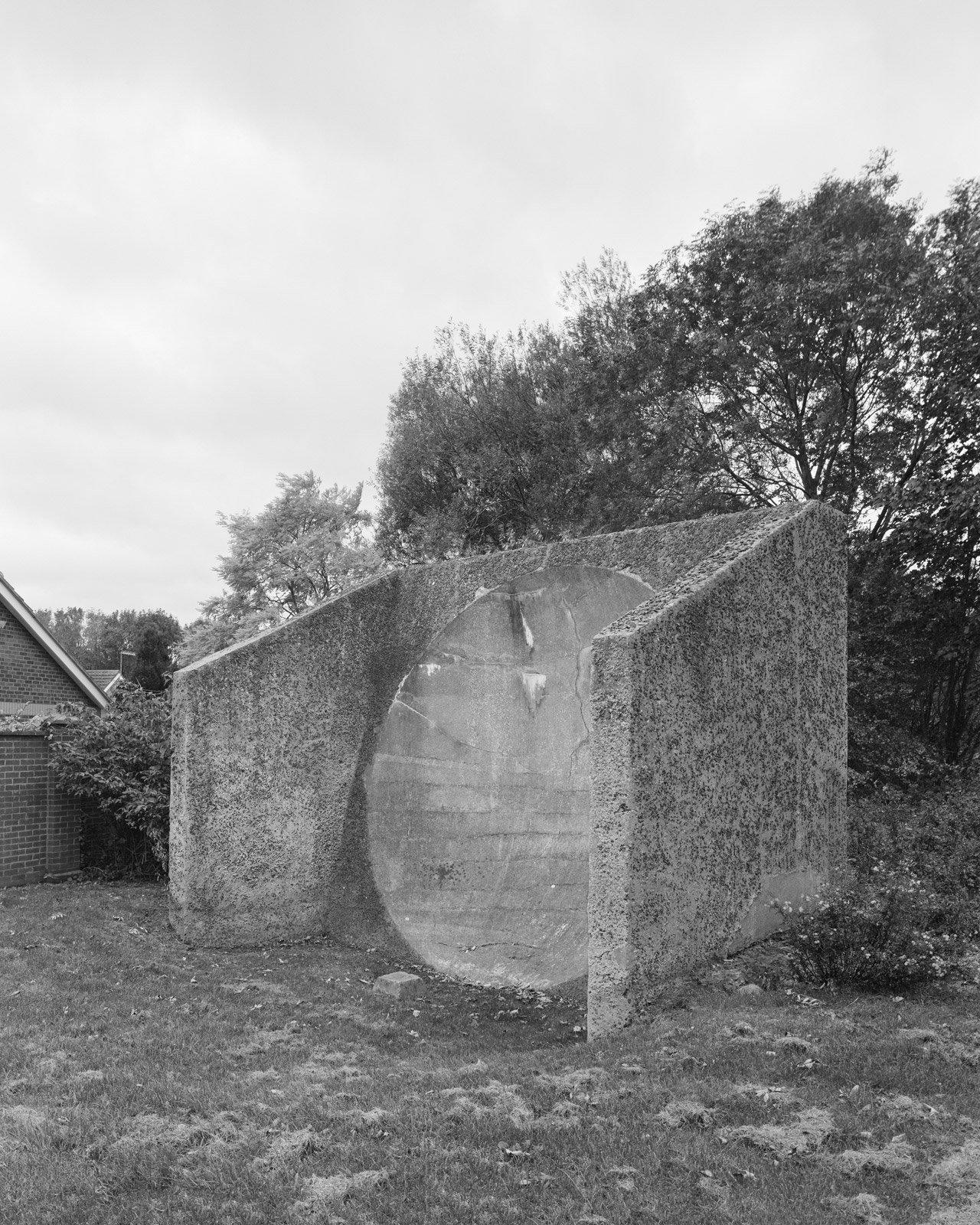
"When this structure was constructed in Redcar in about 1916 the surrounding area would have been marshland. It was built away from the population to avoid any intruding sound pollution," says Pettet-Smith. "Today it stands on the edge of a housing estate. So there I was, tripod half on the pavement half off, jacket over my head framing up the picture when I notice a few bystanders have started to stop and stare. One lad said he passed by it every day but didn't know what it was, let alone that it was one of many up and down the country."

"I began to think more and more about the relationship between art, science and the creative process. Experimentation and ultimately failure are an intrinsic commonality of all three.
"The sound mirror experiment, this idea of having a chain of concrete structures facing the Channel using sound to detect the flight trajectory of enemy aircraft, was just that - an experiment. They tried many different sizes and designs before the project was scrapped when radar was introduced.
"The science was solid, but aircraft kept getting faster and quieter, which made them obsolete."
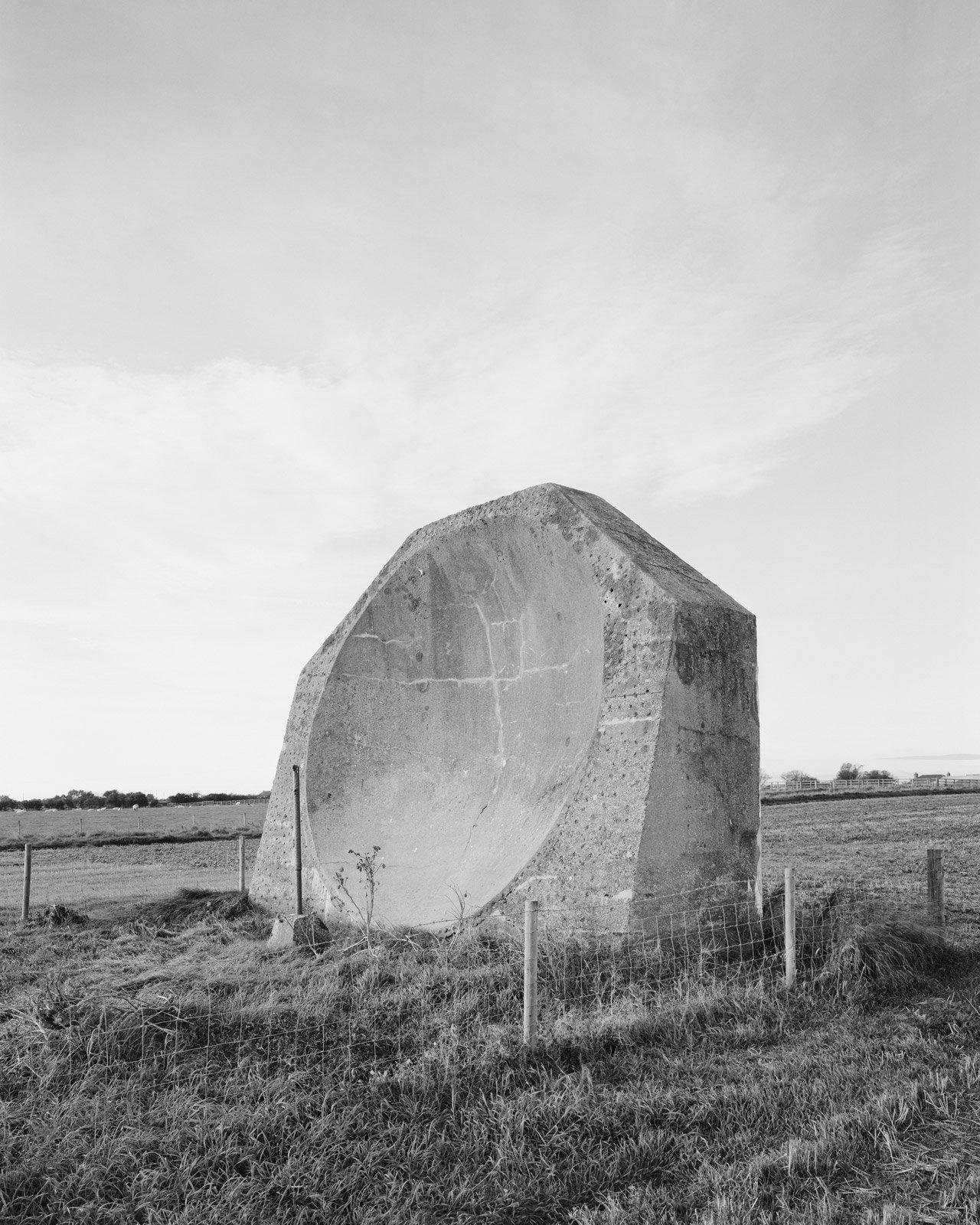
"This is in a farmer's field in Yorkshire," says Pettet-Smith. "On Google Maps a landline number pops up for a caravan site next door. After speaking to them, I got the number for the chap who owns the field and he kindly said it was okay for me to cut across and photograph the structure. So my thanks go to Peter for this one. Luckily his sheep were in the next field along. Interestingly the Kilnsea mirror is one of the only structures to still have the remnants of the metal microphone pole that would have originally been used."

Pettet-Smith used an old wooden large format plate camera to record the structures, partly because he wanted to use technology that was around at the time, and secondly as it allowed him to correct the perspective of the structure in-camera without resorting to manipulation at a later date.
"Some of the structures were removed by local councils; many more were planned but never built. This series is a celebration and a cataloguing of all the remaining examples."
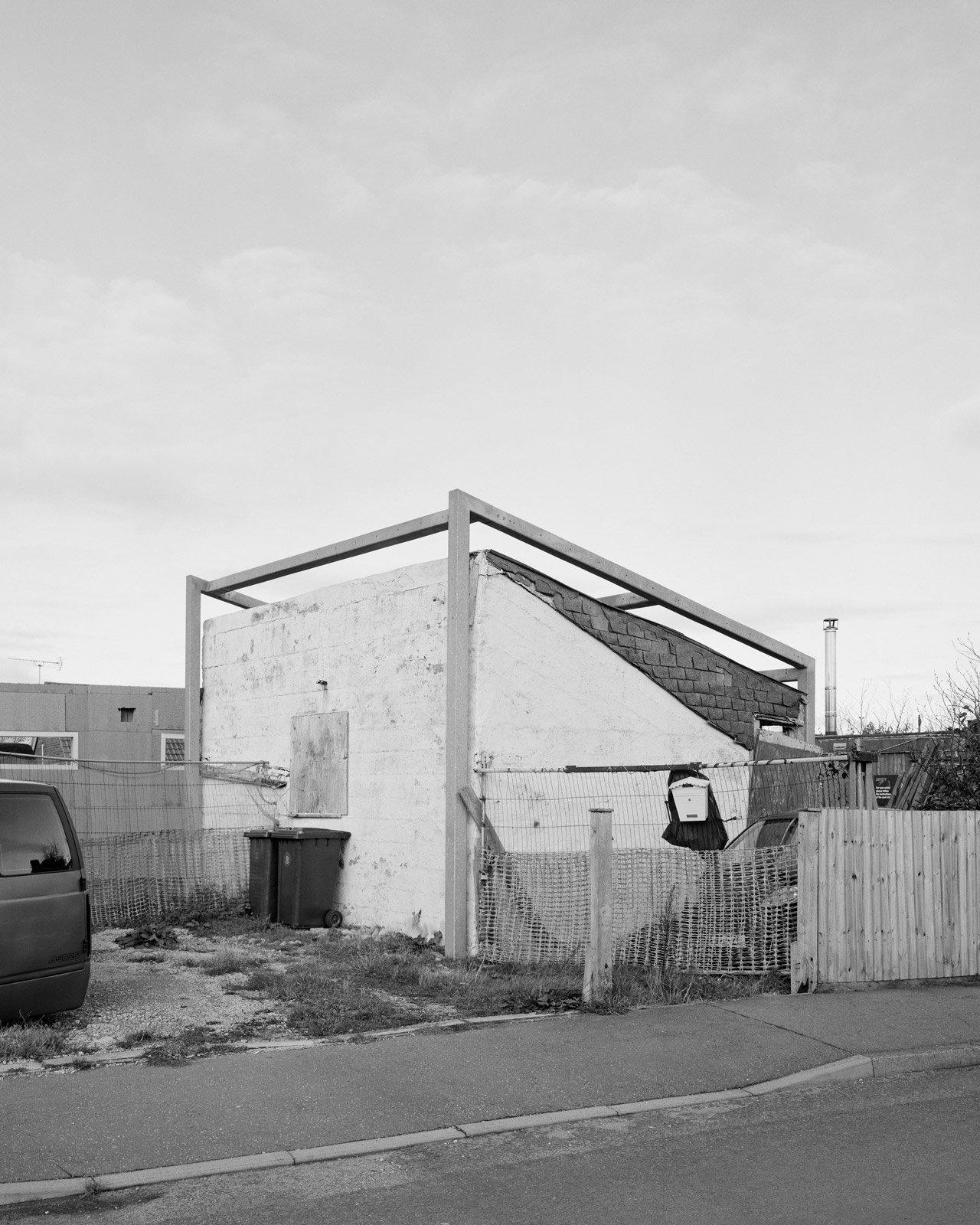
"The design of the Selsey mirror in West Sussex matches structures on the Northern coast in Boulby, Redcar and Sunderland, but the opposite side has been bricked up," says Pettet-Smith. "The letter box had a mobile number on it and so I left a voicemail. That evening Darren, the owner, called me back and we spoke at length about the sound mirrors and the peculiar history of the Selsey mirror. Unlike the other remaining mirrors, the Selsey mirror is a Grade II listed building and was converted into a domestic residence shortly after the end of World War Two."

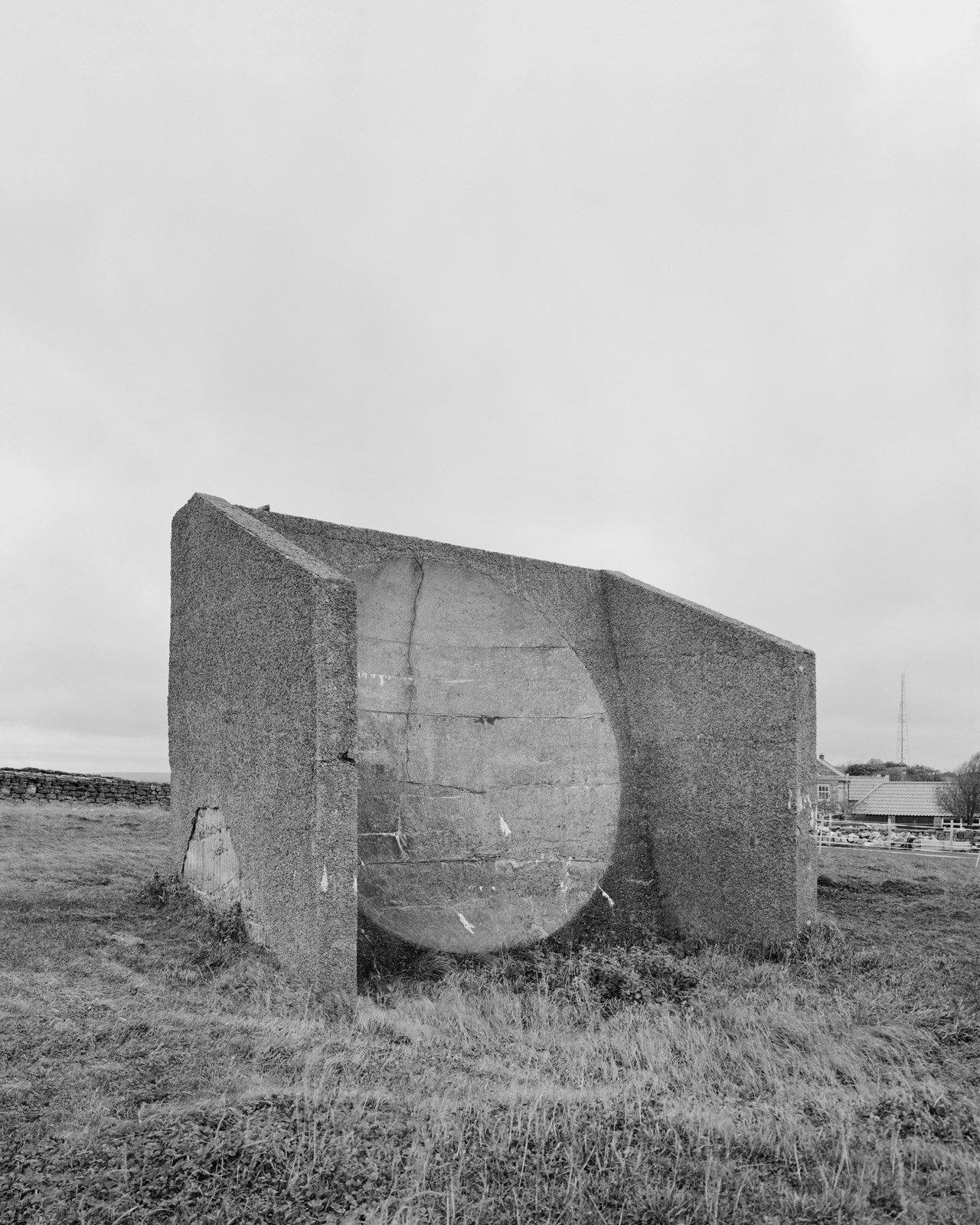
Boulby sound mirror on the Yorkshire coast

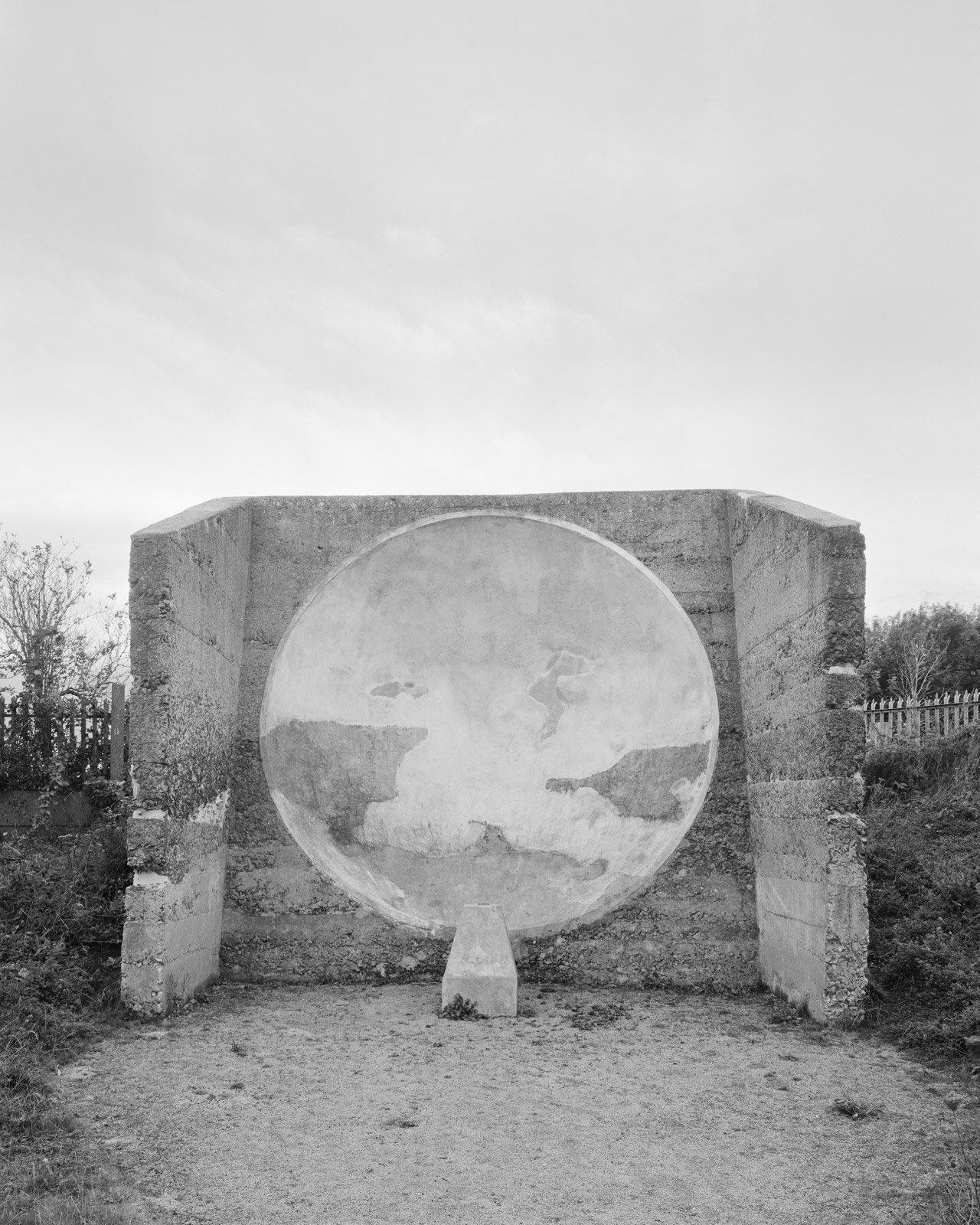
The sound mirror at Namey Hill in Fulwell, near Sunderland

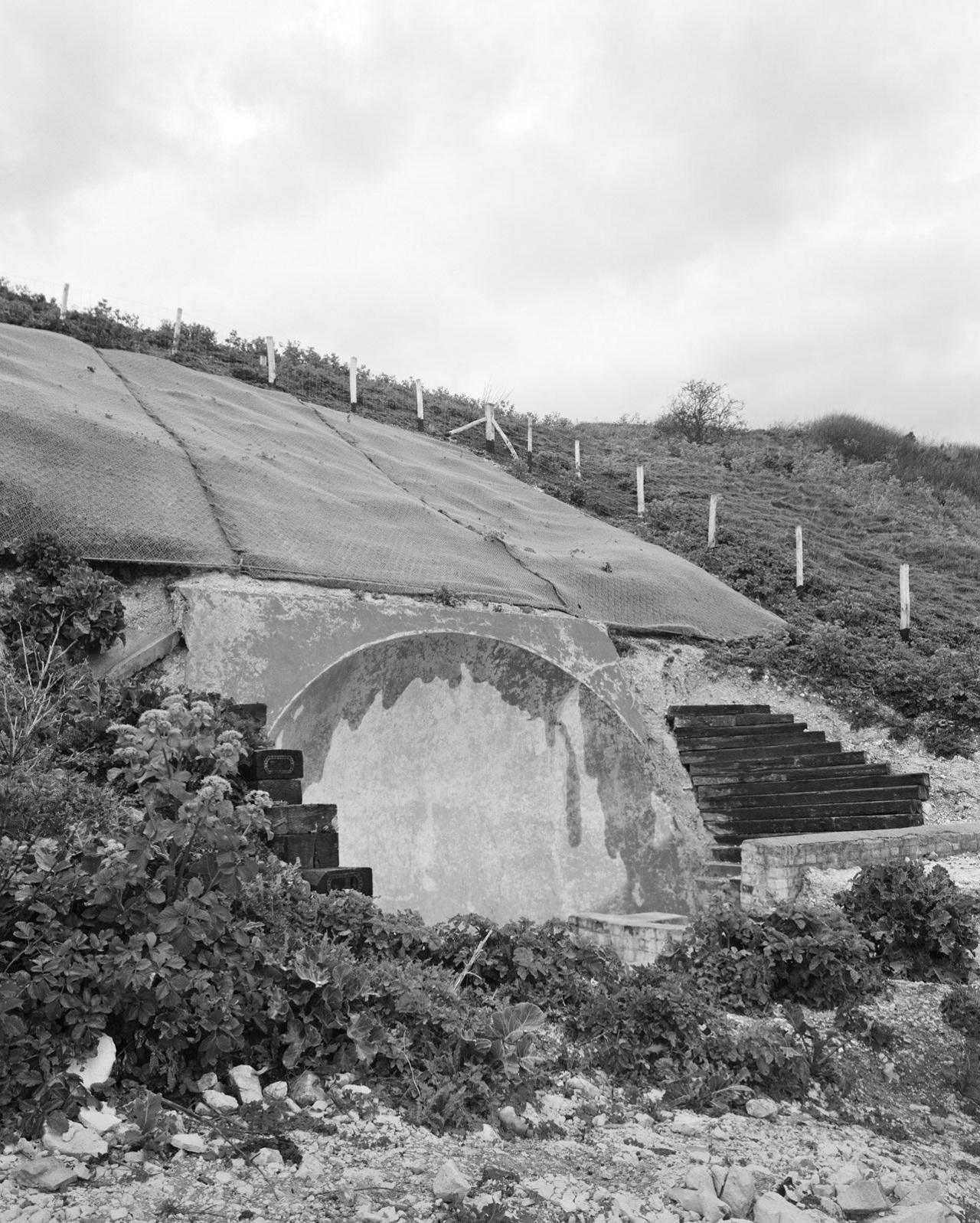
The sound mirror at Fan Bay, Dover, has a diameter of 15ft.

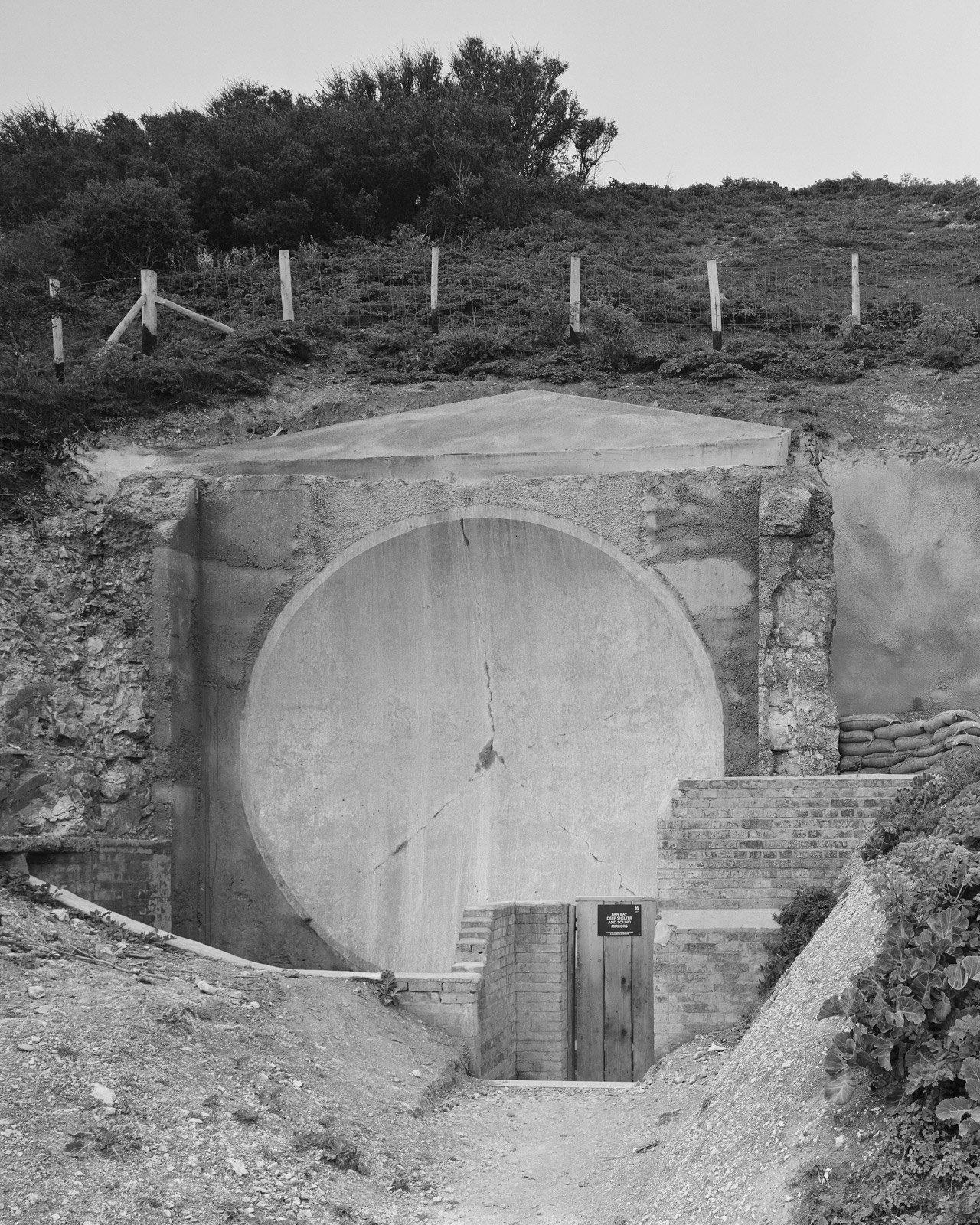
A larger 30ft mirror can be found nearby.

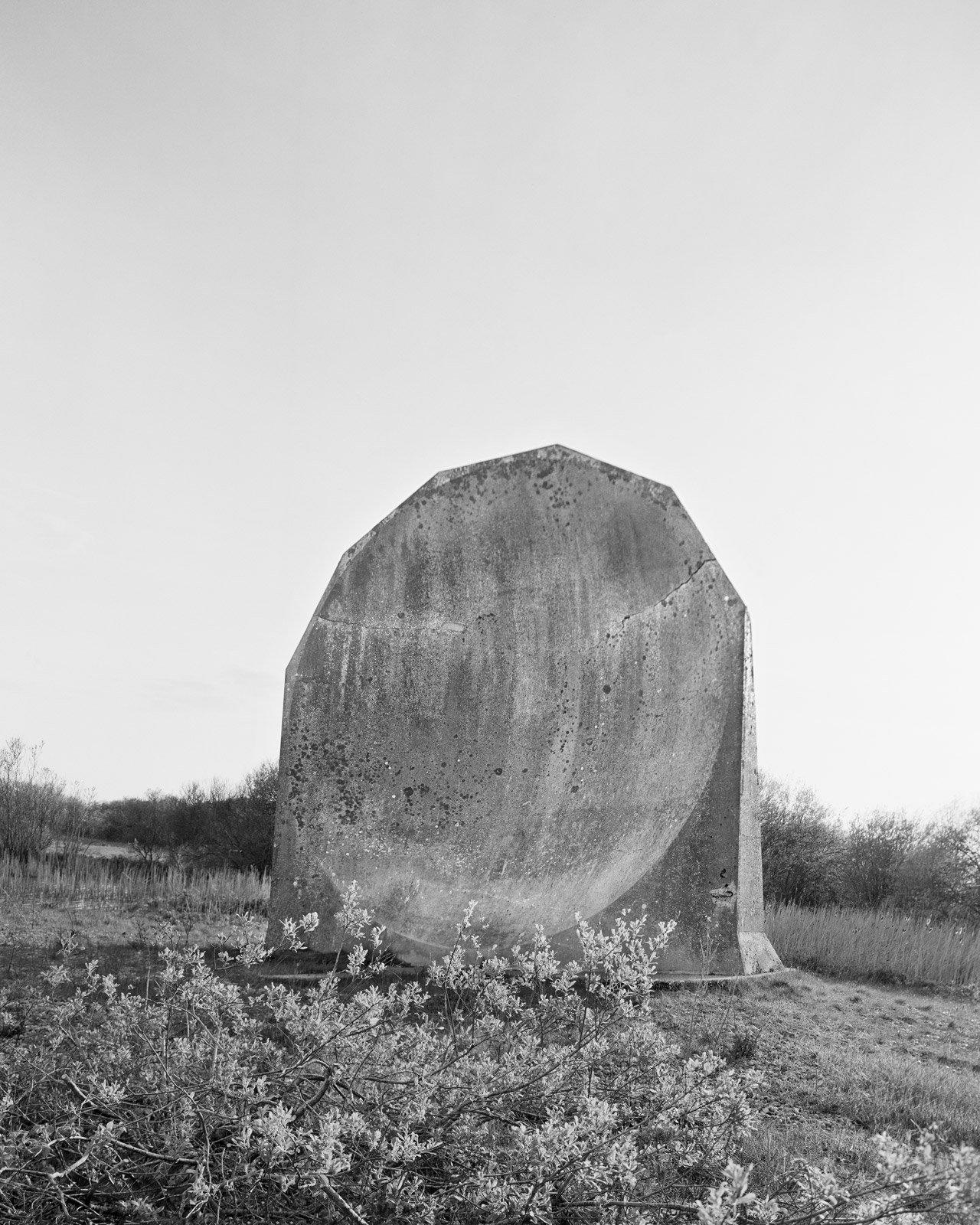
There are three sound mirrors on the coast at Denge near Dungeness. The first is 20ft.

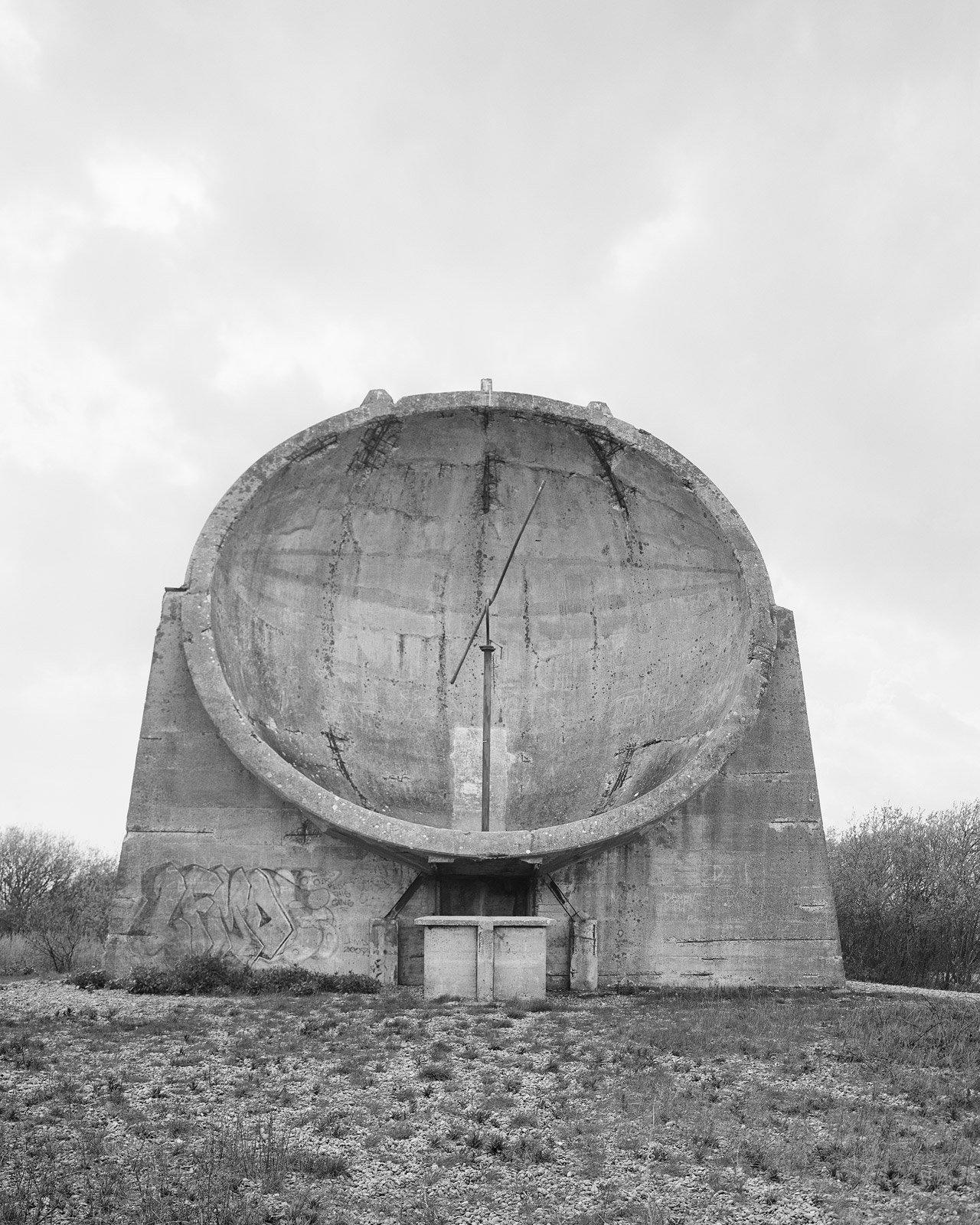
Nearby sits this one, which is 30ft.

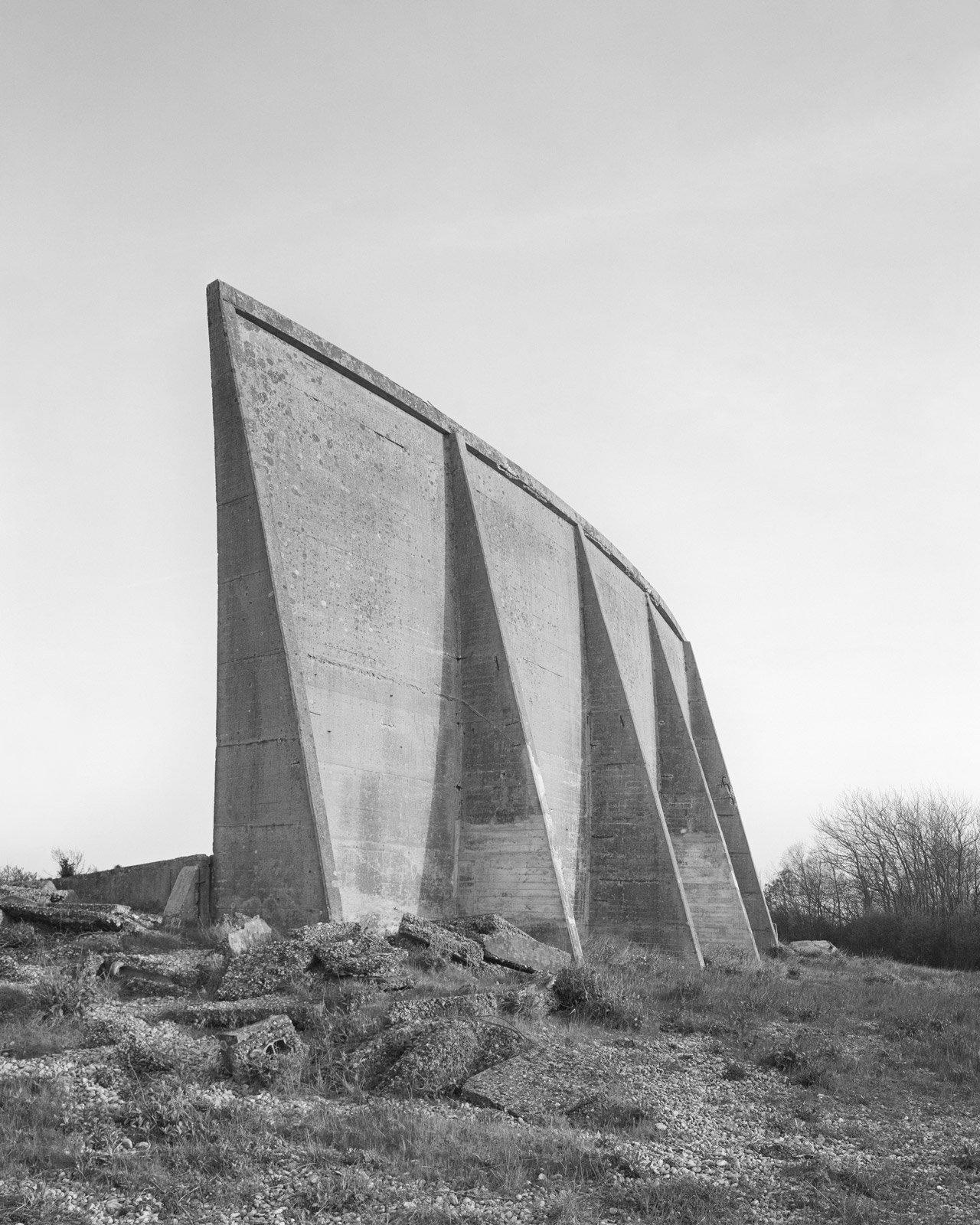
The largest of them is a 200ft sound mirror.

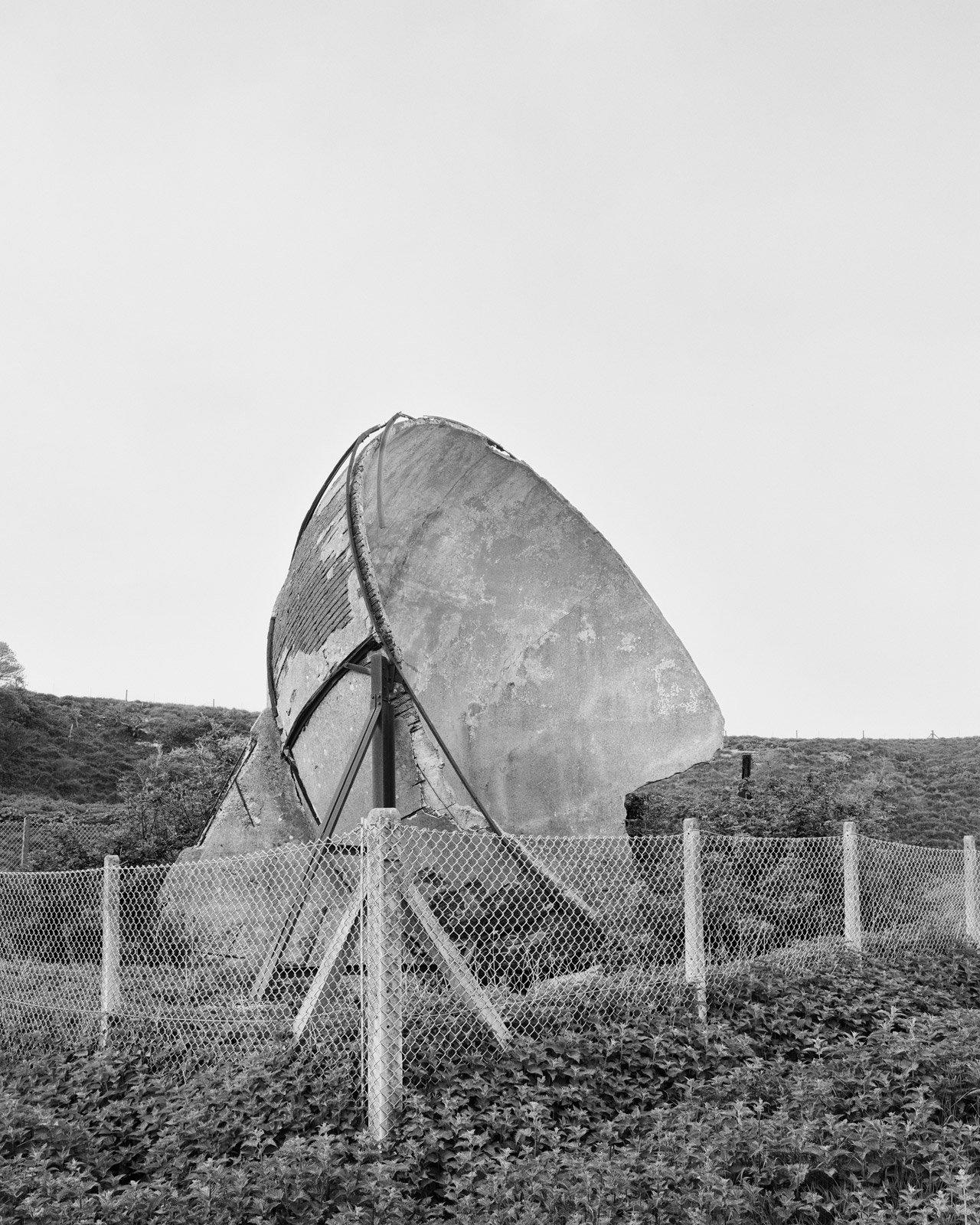
The sound mirror at Hythe was built in 1923.

All photographs by Joe Pettet-Smith, external.